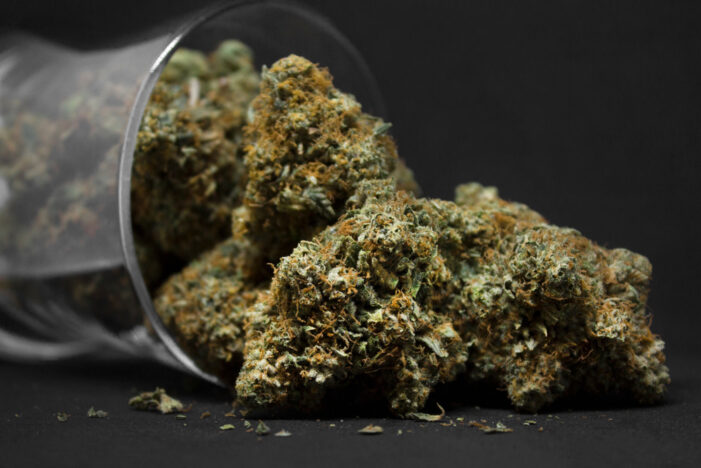By Lea Bennette
Marijuana, Weed, Mary Jane, Cannabis, Hemp, Pot. The names and our sensibilities towards the industrious plant have changed throughout human history. Marijuana is a psychoactive drug that has been legalized in several countries. Its effects on human behavior have been studied extensively, but little is known about the impact of marijuana on the relationship between marijuana use, its effects on the brain and child development. One thing remains the same, marijuana use during childhood negatively affects cognitive development, mental health, and social behavior. In 2021, 35.4% of adults aged 18 to 25 (11.8 million) reported using marijuana in the past year.
Marijuana is one of the most widely used psychoactive drugs in the world. Its use has been legalized in several countries for medicinal and recreational purposes. Cannabis is a hardy plant that proliferates in most of the natural climates of America. It has always had many applications in which the plant could be used. The Hemp fibrous threads bound together were predominantly used in clothing, textiles, rope, and paper; even its seeds were used as food.
Legal in the United States until 1937, when the first “sin tax” was enacted and formally in 1970, marijuana has had a tumultuous relationship with American ideologies. While California was the first state to medically decriminalize marijuana in 1996, allowing those with chronic pain access to its health benefits, NYC has recently decriminalized and legalized marijuana usage, creating unprecedented access to recreational substances we are no longer familiar with.

The Cannabis plant as we know it today comes in two species: The Cannabis sativa and Cannabis indica— Sativa-based cannabis focuses on waking you up. In contrast, Indica-based cannabis focuses on calming you down.” Short-term effects can include euphoria or other mood changes, heightened sensory perception, and increased appetite. While the impact of marijuana on adult behavior has been well established, little is known about the effects of the drug on children. As a parent, learning the difference is essential to creating a safe and healthy environment for your children.
The amount of Tetrahydrocannabinol, the chemical responsible for the drug’s potency, more commonly known as “THC,” in marijuana has increased dramatically in recent decades. In the mid-1990s, the average THC content of confiscated weed was roughly 4 percent. By 2014, it was about 12 percent, with a few strains of pot containing THC levels as high as 37 percent. The average THC levels of “street” level marijuana range from 25%, which is not the same as Hemp from 1931.
Marijuana use during childhood can affect social behavior. Children exposed to marijuana in the womb or during early childhood are likely to have behavioral problems, such as aggression, hyperactivity, and impulsivity. Chronic marijuana use during adolescence can also lead to decreased social functioning, affecting relationships and academic performance.
Studies have shown that children exposed to marijuana in the womb or during early childhood have lower cognitive scores and are more likely to have learning difficulties. In 2022, 30.7% of 12th graders reported using marijuana in the past year, and 6.3% reported using marijuana daily. In addition, many young people also use vaping devices to consume cannabis products. In 2022, nearly 20.6% of 12th graders reported vaping marijuana in the past year, with 2.1% reporting doing so daily.

People who started smoking marijuana heavily in their teens and had an ongoing marijuana use disorder lost an average of 8 IQ points between ages 13 and 38. The lost mental abilities didn’t fully return in those who quit marijuana as adults—those who started smoking marijuana didn’t show notable IQ decline. Chronic marijuana use during adolescence can also lead to decreased IQ scores and impaired executive function, affecting decision-making, planning, and problem-solving abilities.
An “overdose” occurs when a person uses enough of the drug to produce life-threatening symptoms or death. While many people experience a pleasant “high” feeling after using marijuana, others may experience anxiety, fear, or panic. Overdosage of Cannabis can give the effect of hallucinations, delusions, and in the worst case: psychosis. The risk is highest with regular use of high-potency marijuana.
The impact of marijuana on child development is an area of growing concern. Marijuana use during childhood can negatively affect cognitive development, mental health, and social behavior. The long-term effects of marijuana on children are still not fully understood, and more research is needed to understand better the risks associated with marijuana use during childhood. Parents and caregivers should be aware of the potential risks associated with marijuana use and take steps to prevent their children from being exposed to it.

